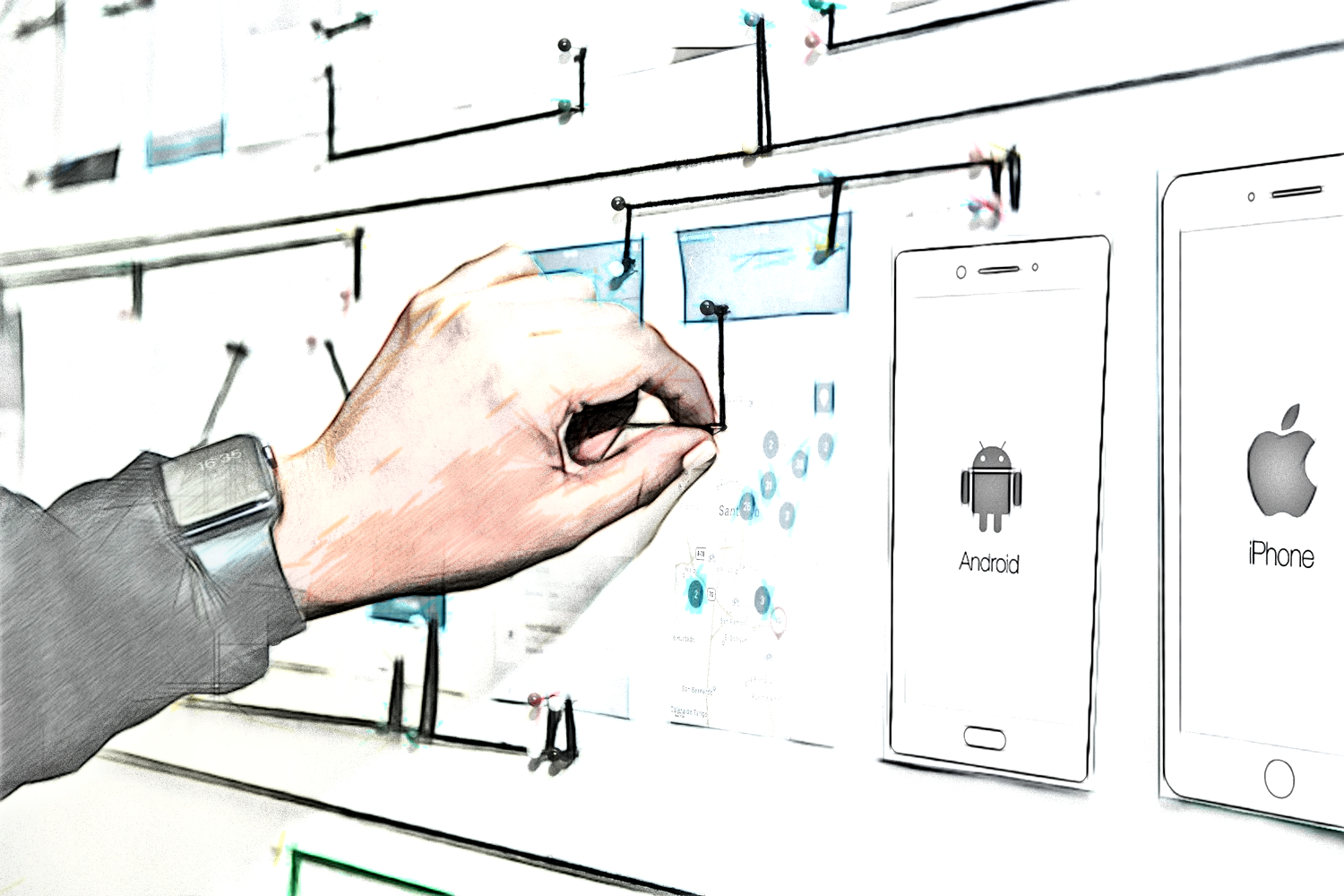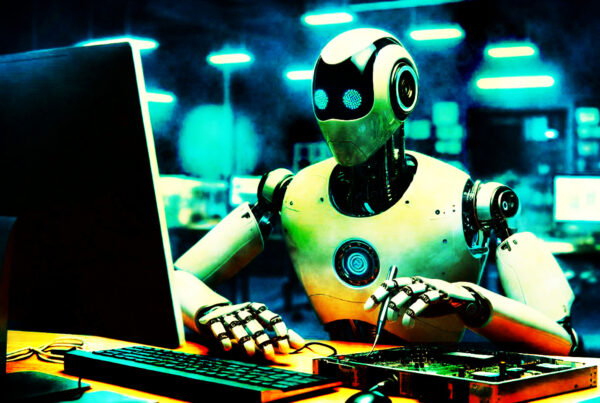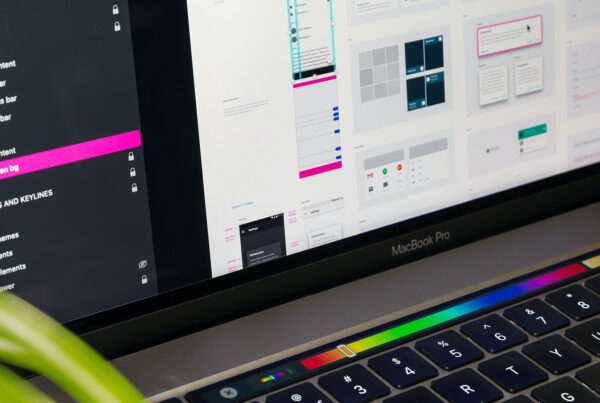During a recent conversation with a client, I was asked a pretty straightforward question; what exactly is UX?. While this question sounds simple, I realized many people have heard this term but don’t know what it means or entails!
In a nutshell, UX stands for User Experience. It refers to a user’s overall experience and satisfaction when interacting with a product or service. UX design aims to create products that are easy to use, engaging, and enjoyable for the end-users. This involves understanding the needs and preferences of the users, designing the product’s interface and functionality, and continuously testing and improving the product to ensure a positive user experience. UX design encompasses many skills, including user research, information architecture, wireframing, prototyping, testing and feedback, visual design, and collaboration with stakeholders and cross-functional teams.
User experience (UX) design is crucial to modern-day product development. This post briefly overviews the UX designer job and the UX development process. While this is not inclusive of the world of UX, it will provide a solid foundation for user experience design.
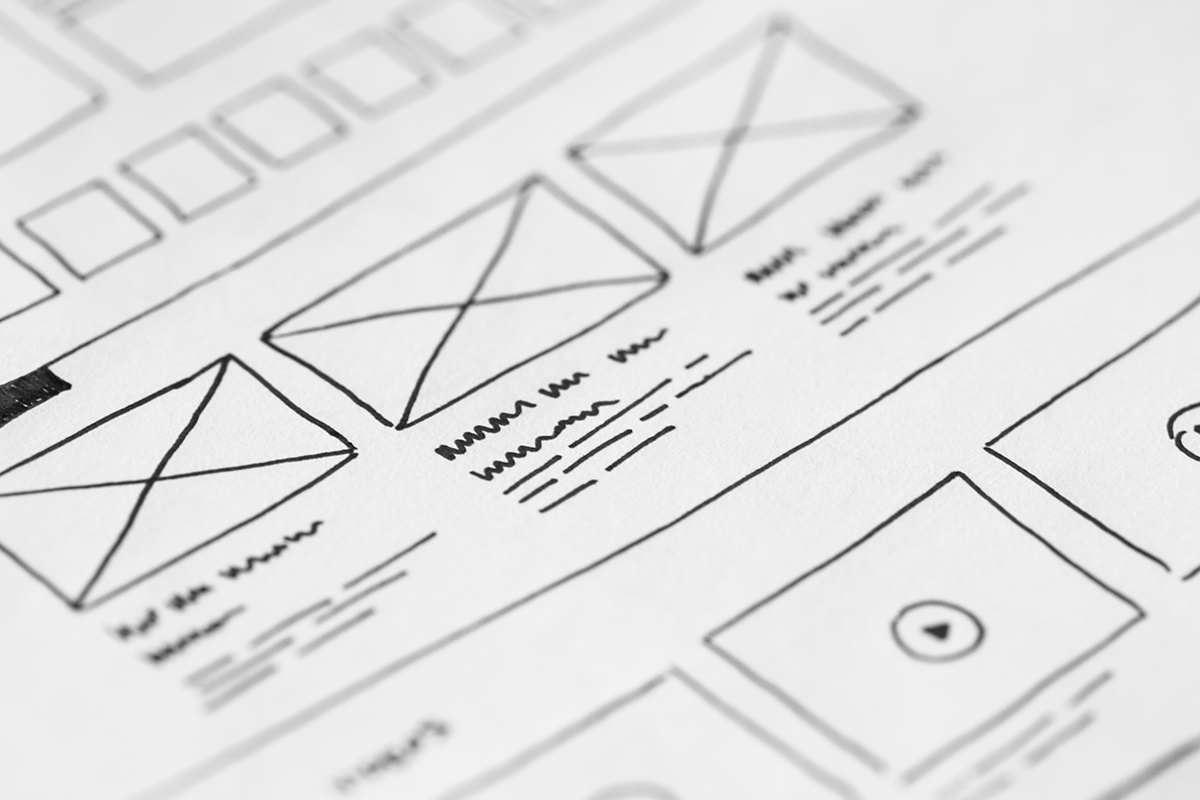
The UX Design Process
The UX design process can be broken down into several phases, although it’s important to note that these phases may vary depending on the project and the company.
Here are the typical stages of UX design:
- User Research: The first step of the UX design process is to research the users’ needs, behaviors, and motivations. This involves gathering data through various means, such as surveys, interviews, and usability testing.
- Information Architecture: Based on the data collected, UX designers then create an information architecture or a sitemap, which outlines the structure of the product and the content that will be included. This step focuses on organizing and structuring information to make it easy to understand and navigate. This step can be as involved as the UX designer sees fit, with many designers using collaboration and visualization software like Miro, Jira, and Figjam from Figma to record this step.
- Wireframing: Wireframing is the process of creating a low-fidelity visual representation of the product’s interface. This is done to map out the layout and placement of elements on the page, such as menus, buttons, navigation, and forms.
- Prototyping: Prototyping involves creating a high-fidelity product version that simulates user interactions. This is one of my favorite parts of the process and is generally done to test the product’s usability and to identify any issues that need to be addressed. My prototyping weapons of choice are Figma, InVision, Adobe XD, and my most recent discovery Proto.io.
- Testing and Feedback: Once the prototype is developed, UX designers conduct user testing and gather feedback to refine the product, improve its usability, and refine the information architecture.
- Design: The design phase involves creating the final visual design of the product. This includes selecting colors, typography, and other visual elements. The design step is also one of my favorite steps in the UX Design process.
- Development: The development phase involves implementing the design into the product’s code, and working with the engineers and development teams, to create a functional product.
The UX design process is an ongoing cycle of research, design, and testing that continues throughout a product’s life. By continuously testing and iterating on designs, UX designers can create products that meet the changing needs of users and keep pace with the ever-evolving landscape of technological advancements.
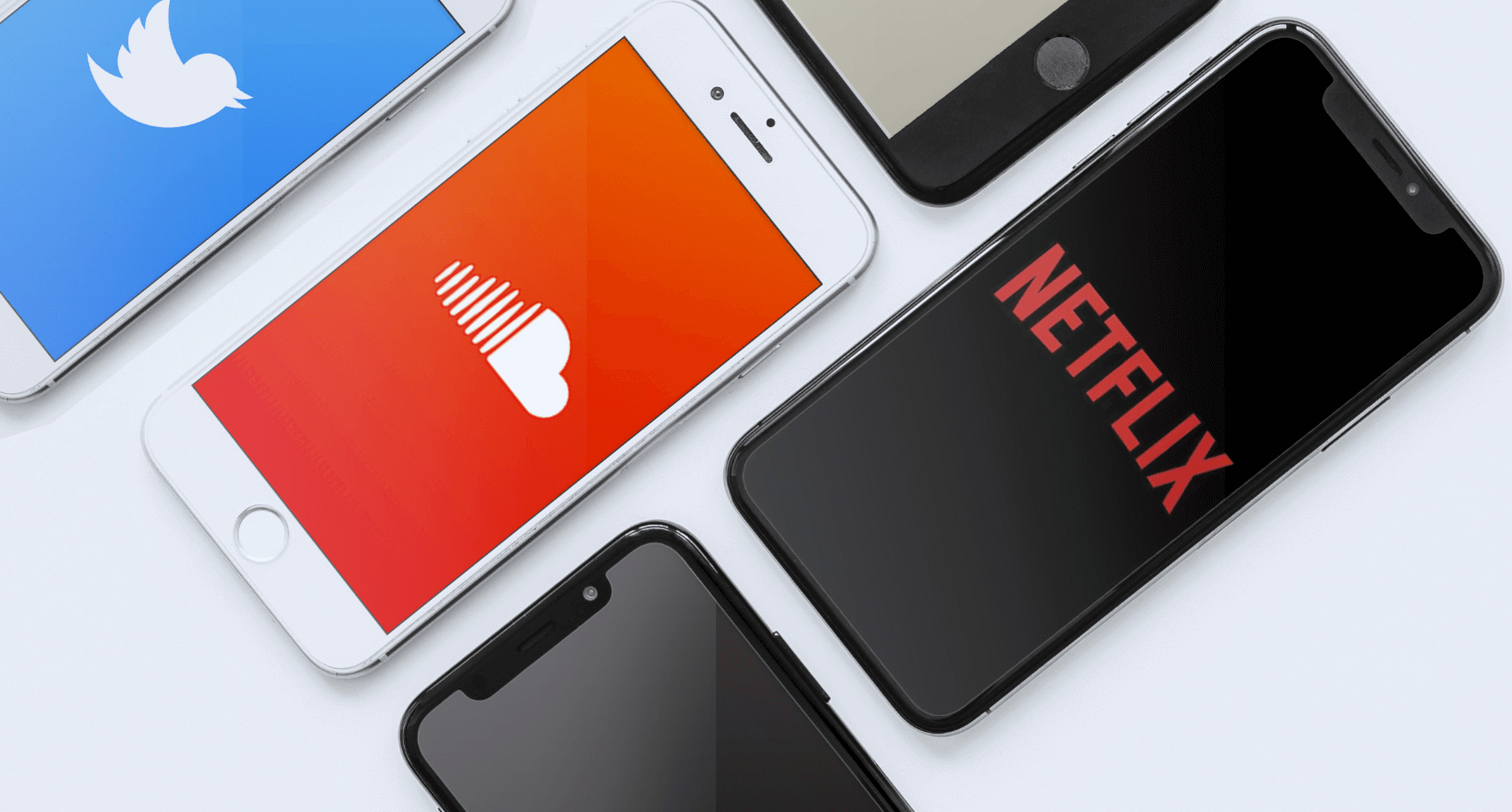
The Job of a UX Designer
In my opinion, effective UX design requires a balance between the needs of the users and the goals of the business or organization. By understanding the needs and goals of both users and stakeholders, UX designers can create digital products that are both usable and desirable.
As a UX designer, I look to create intuitive, engaging, and easy-to-use products for the end-users. To accomplish this, UX designers employ a range of skills, including user research, wireframing and prototyping, information architecture, visual design, and collaboration. User research allows designers to understand the needs and preferences of their target audience. Wireframing and prototyping bring ideas to life, allowing designers and users to test and refine their designs. Information architecture involves organizing and structuring product content to make it easy for users to navigate. Visual design is vital in creating aesthetically pleasing and functional designs. Finally, collaboration is critical, and UX designers must be able to work with cross-functional teams to ensure that the final product meets both user needs and business goals.
The Development Process
The development process encompasses turning the UX designer’s design into a functional product. This involves several steps, including:
- Front-end Development: Front-end developers create the visual interface of the product using HTML, CSS, and JavaScript.
- Back-end Development: Back-end development is a crucial component of the app design that involves the back-end developers creating the server-side logic of the product, including the database and APIs that power the app.
- Quality Assurance: Quality assurance professionals test the product to ensure it is functional and meets the design specifications.
- Deployment: Once the product has been developed and tested, it is deployed to a live environment where users can access it.
The App development process is a complex and iterative process that involves multiple stages. Whether it is front-end or back-end development, attention to detail, user needs, and best practices are crucial to ensure that the final product is high-quality, secure, and effective. In addition, a successful app development project requires collaboration between designers, developers, project managers, and stakeholders to deliver a product that meets the user’s needs and achieves business objectives. And the UX designer is in the mix of all these processes.
| UX design aims to create products that are easy to use, engaging, and enjoyable for the end-users.
Conclusion
In conclusion, UX design and development are critical to building successful digital products. The user-centered approach of UX design, which involves understanding user needs, pain points, and behavior, can significantly improve an app or website’s effectiveness and user satisfaction. The UX design process consists of various methods and techniques, such as user research, prototyping, and user testing, to ensure that the final product is intuitive, usable, and enjoyable. On the other hand, back-end development focuses on building a robust, scalable, and secure infrastructure that powers the app or website. By working collaboratively, UX designers and developers can create digital products that are aesthetically pleasing, functional, and efficient, delivering a great user experience. The UX design process and the satisfaction of making something that users enjoy is one of the many reasons I enjoy being a UX Designer!
